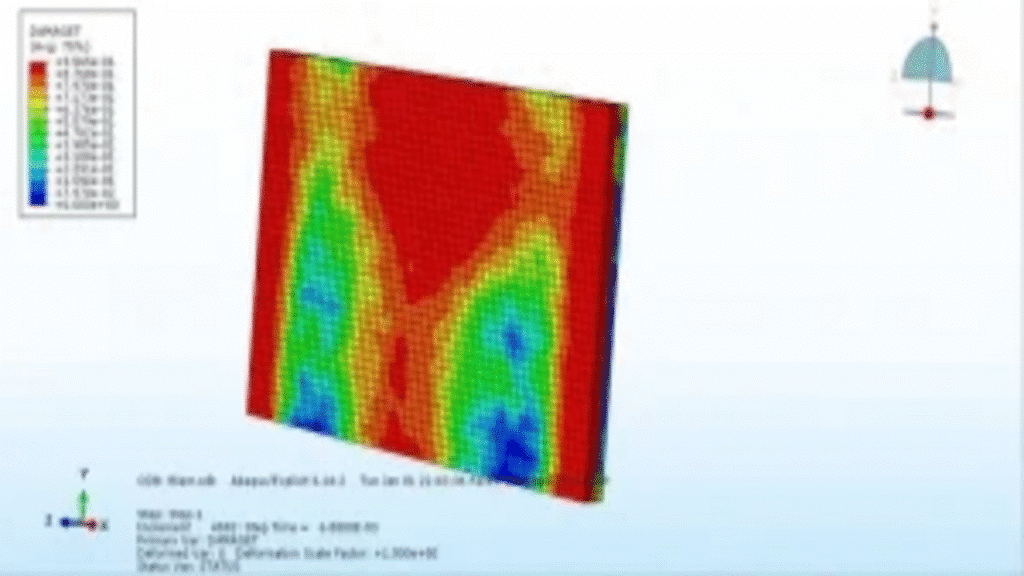
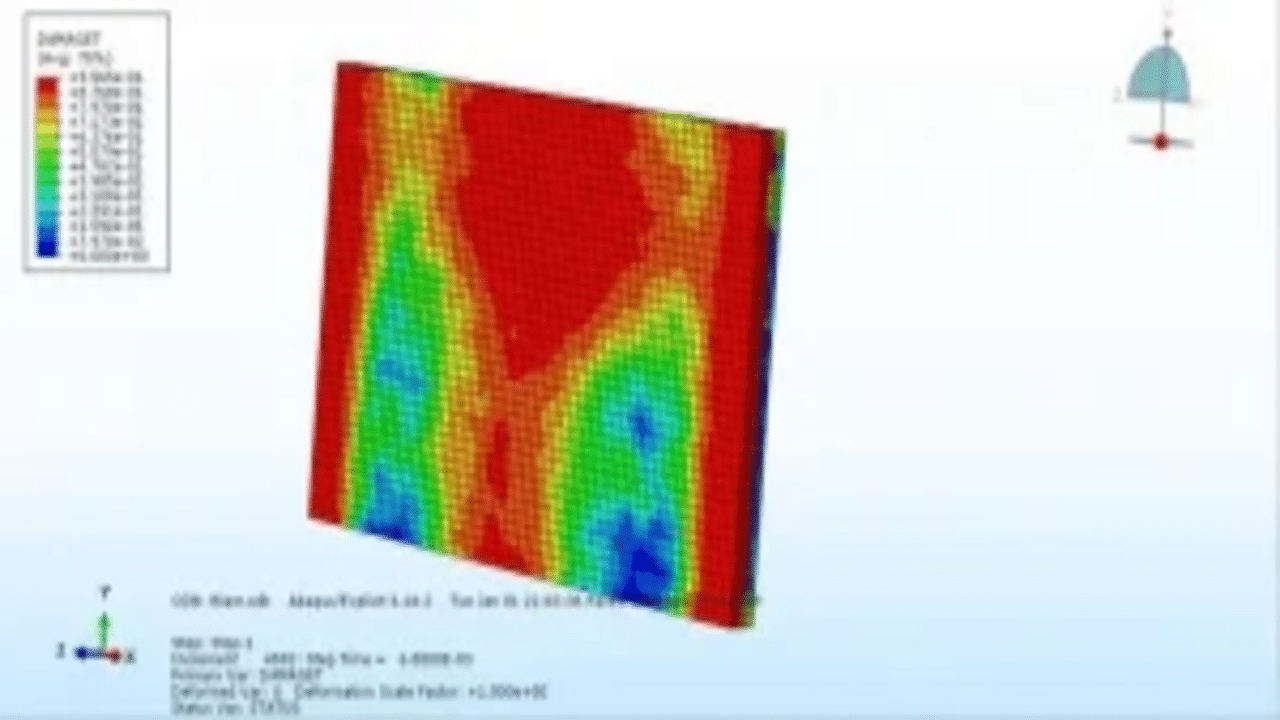

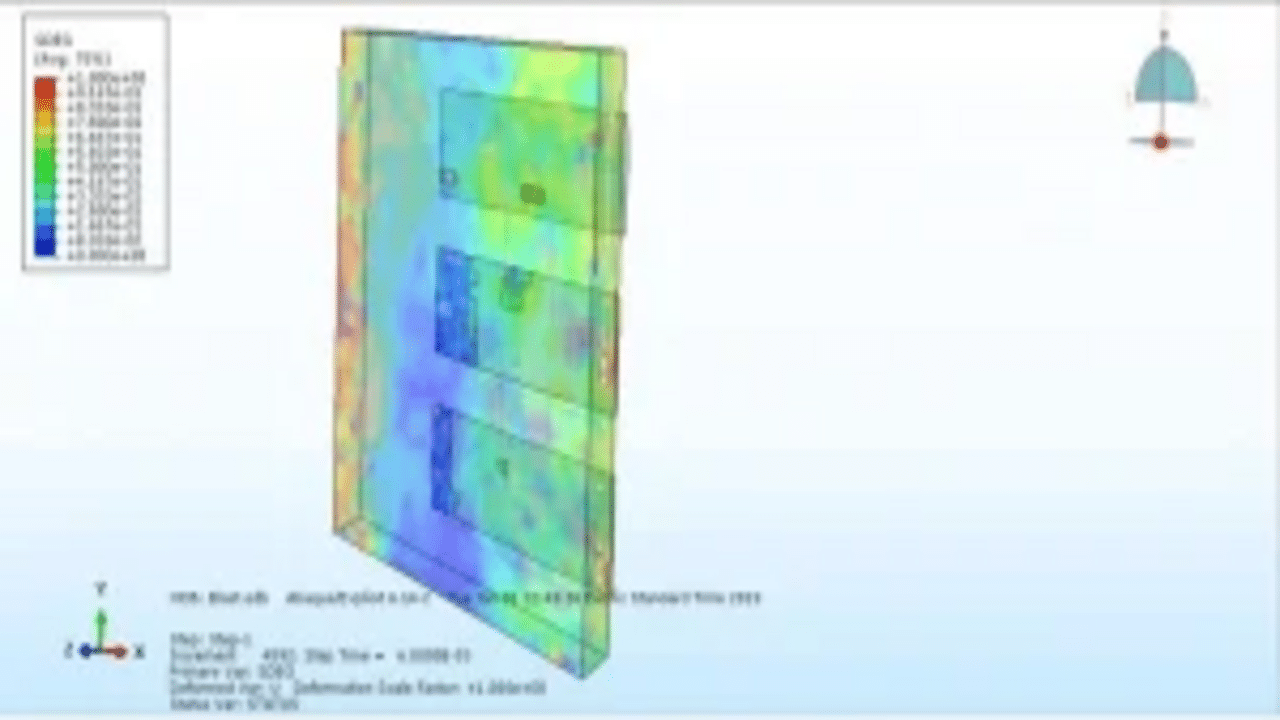
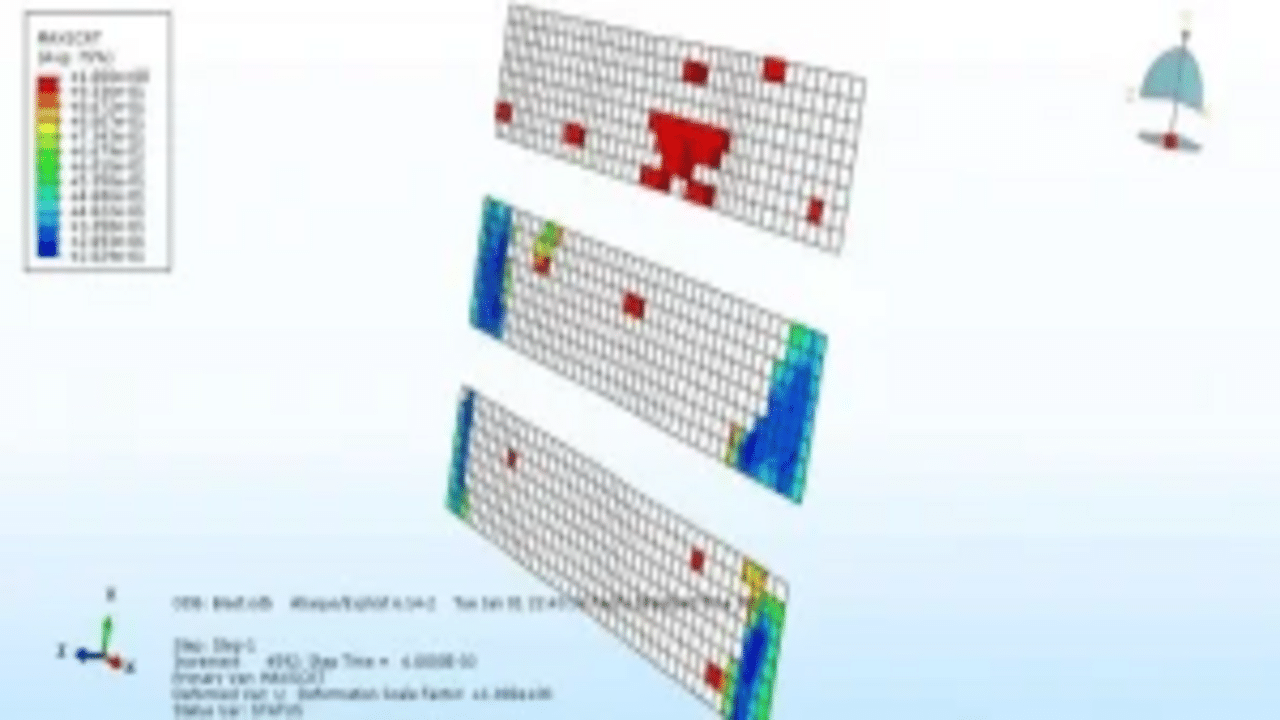
Product Overview:
In today’s world, the threat of terrorist activities is increasingly alarming, with bombing attacks being among the most prevalent forms. Public infrastructure—such as airports, train stations, shopping malls, and governmental buildings—often faces significant vulnerability to these assaults. Notable instances, such as the bombings in Madrid (2004) and London (2005), have resulted in numerous casualties in Europe. The blast loading of critical structural components within these facilities can severely diminish their load-bearing capacities, potentially leading to partial or total structural failure. The Oklahoma City bombing exemplified this risk, where a substantial portion of the deaths resulted from the building’s progressive collapse rather than the immediate blast effects.
In numerical analyses related to the interaction of blast waves with structures, the Finite Element Method (FEM) is predominantly employed to evaluate the structural response. Two primary techniques for simulating blast loading can be identified: applying pressure loading methods, such as the Conwep model, and utilizing descriptions for detonation and blast wave propagation in fluid domains, including Computational Fluid Dynamics (CFD) methods or Multi-Material Arbitrary Lagrangian-Eulerian (MM-ALE) formulations. Simplified methods, including single and multi-degree-of-freedom analyses, are also available to gauge structural responses to blast waves.
This simulation employs a three-dimensional framework to accurately represent all components. To capture the interactions between the concrete slab and CFRP, a thin layer of epoxy glue is modeled as a solid component. For modeling purposes, the Concrete Damage Plasticity (CDP) model is utilized for the concrete, an elastic-plastic model for beams, Hashin’s damage criterion tailored with engineering constants for CFRP, and an elastic material with a traction method combined with QUADS damage behavior for the epoxy joint.
A dynamic explicit procedure is ideal for this type of analysis. To ensure optimal contact between the epoxy and concrete, as well as the epoxy and CFRP, a tie constraint is employed due to the thin glue layer. The Conwep model is used to simulate the explosion phenomenon. During the analysis, the wave’s impact on the wall leads to the separation of the epoxy from the concrete, resulting in significant deformation.

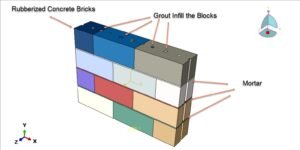
Abaqus
€79,00 €38,00
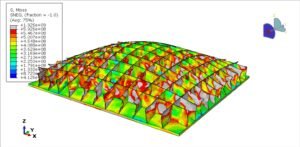
Abaqus
€68,00 €34,00
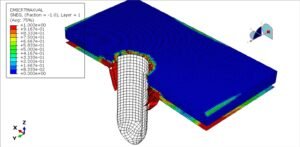
Abaqus
€77,00 €39,00
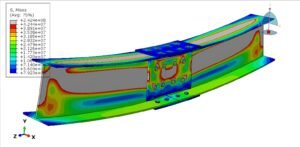
Abaqus
€79,00 €39,00
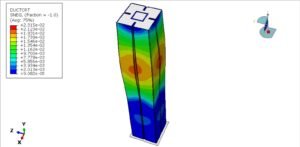
Abaqus
€75,00 €37,00
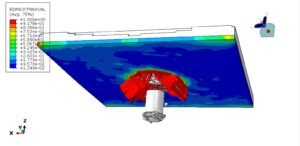
Abaqus
€76,00 €38,00
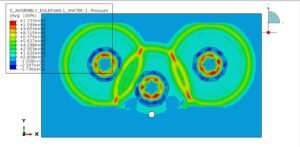
Abaqus
€79,00 €38,00
See more

Want to receive push notifications for all major on-site activities?